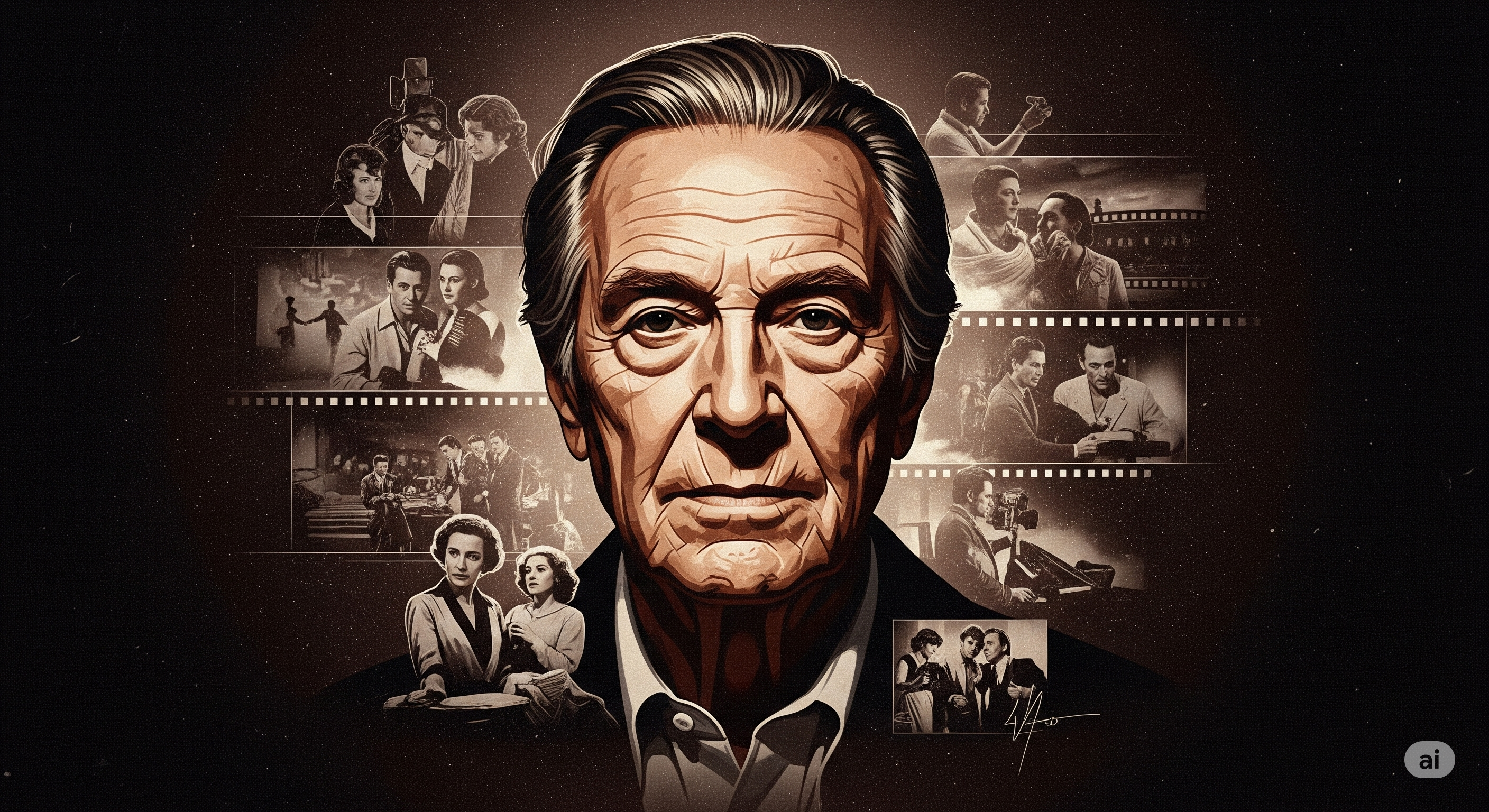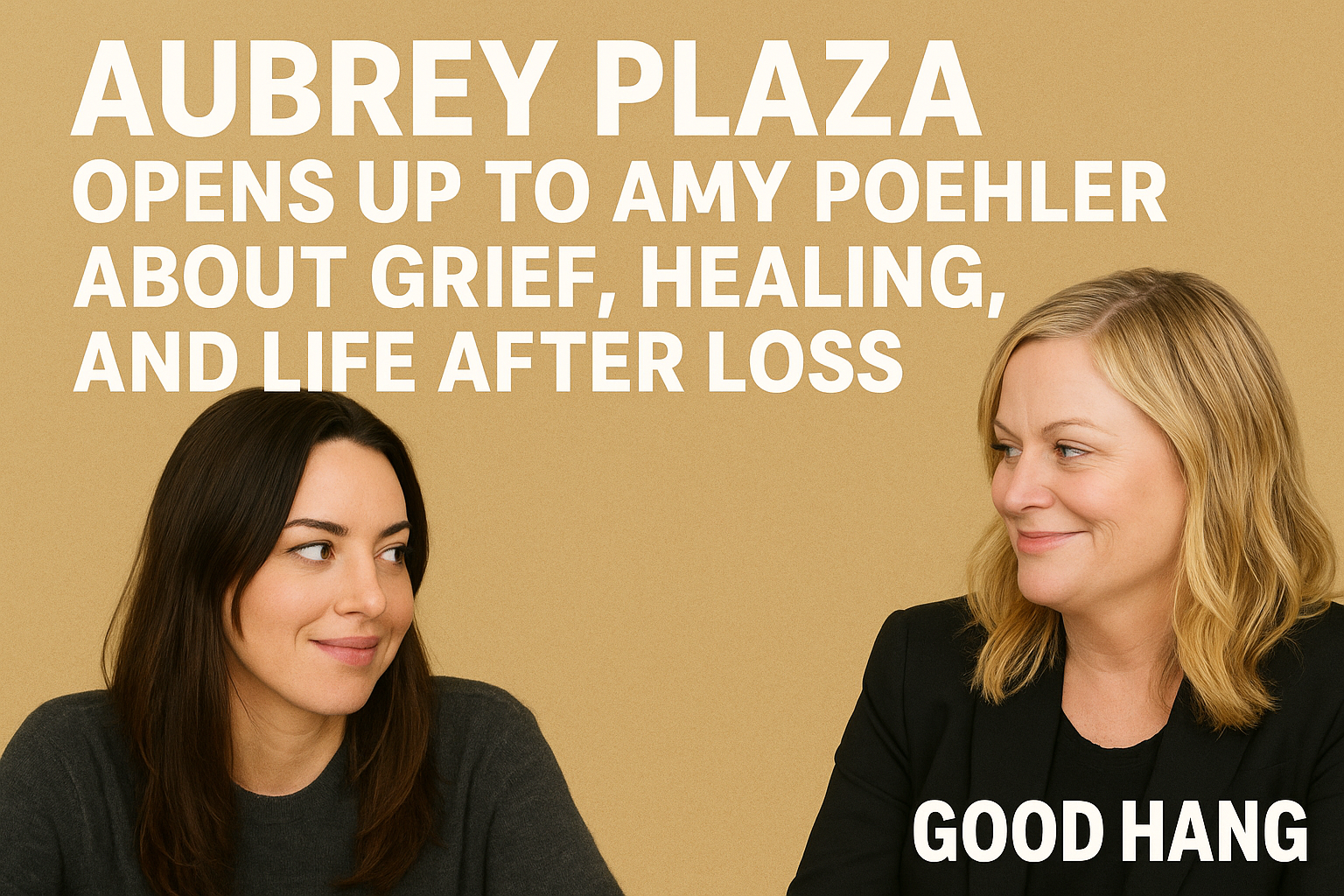Terence Stamp Dies at 87: Remembering a True Screen Legend
 Terence Stamp
Terence Stamp
A Life That Left Its Mark
It’s not often you hear about an actor whose career stretched across six decades and touched so many different generations, but that’s exactly what Terence Stamp did. Born in East London in 1938, he didn’t come from fame, fortune, or Hollywood connections. He came from a working-class family, the kind where dreams of acting seemed too far away to chase. But Stamp chased them anyway. And now, as the world says goodbye at age 87, it feels like the end of an era.
The Breakthrough That Changed Everything
Most actors work for years, even decades, before anyone remembers their name. Not Stamp. His very first role, in the 1962 film Billy Budd, turned him into an overnight star. He played a wide-eyed sailor, pure and good at heart, who finds himself crushed by jealousy and cruelty. The performance was so powerful that critics and audiences couldn’t ignore him. Suddenly, this kid from East London was sitting at the Oscars with a nomination and walking away with a Golden Globe. Imagine that—first movie, first shot at stardom, and he nailed it.
Hollywood’s New Darling in the 60s
The 1960s were good to Terence Stamp. He became the kind of actor directors wanted and audiences couldn’t take their eyes off. Handsome, mysterious, and just unpredictable enough to keep things interesting—he had it all. Roles poured in: The Collector (1965), where he played a chillingly disturbed kidnapper, or Modesty Blaise (1966), which let him lean into the cool, stylish vibe of the decade. People compared him to James Dean and Marlon Brando, but Stamp wasn’t copying anyone. He had his own vibe, his own intensity.
And off-screen? He lived like a rock star. He dated some of the most famous women of the time, including Jean Shrimpton, one of the original supermodels. For a while, it seemed like he was everywhere—movies, magazines, parties. But fame, as always, doesn’t last forever.
Struggles and Disappearance from the Spotlight
By the 1970s, things shifted. The roles weren’t as big, the buzz wasn’t as loud. Stamp even admitted in interviews later that he struggled with confidence and with the pressure of maintaining that early promise. He spent time away from Hollywood, even living in India for a while, exploring spirituality and seeking peace away from the spotlight.
A lot of actors fade during those kinds of breaks. But Stamp wasn’t done yet. He came back stronger, and when he did, it was in a role nobody would ever forget.
The Villain Who Stole the Show: General Zod
Ask any superhero fan about General Zod, and chances are they’ll picture Terence Stamp. In Superman (1978) and Superman II (1980), he played the Kryptonian villain with such authority that even decades later, fans still quote his famous line: “Kneel before Zod.”
What made Stamp’s Zod so unforgettable wasn’t just the booming voice or the commanding presence. It was the way he mixed menace with a kind of regal arrogance, like he truly believed he was better than everyone else. While Christopher Reeve’s Superman was noble and kind, Stamp’s Zod was chillingly certain of his superiority. It created one of the greatest hero-villain clashes in movie history.
For an entire generation, Terence Stamp wasn’t just an actor—he was the face of Superman’s deadliest enemy.
Reinvention in Later Years
Unlike some actors who fade after their big break, Stamp kept finding ways to reinvent himself. In the 1990s, he surprised everyone by starring in The Adventures of Priscilla, Queen of the Desert (1994). Playing Bernadette, a transgender woman traveling across the Australian Outback, Stamp showed a softer, deeply human side. It earned him critical acclaim and introduced him to a brand-new audience who hadn’t grown up with Superman.
Later, he kept popping up in movies that younger fans knew well: Star Wars: The Phantom Menace (1999), where he played Chancellor Valorum, and even Elektra (2005). For gamers, his voice work in The Elder Scrolls IV: Oblivion made him unforgettable all over again.
The Man Behind the Roles
Stamp wasn’t just an actor. He was also a writer, publishing memoirs that gave fans a look at his life off-screen. In them, he wrote about his struggles with fame, love, and identity, but also about the joy of being part of cinema history.
Friends and colleagues often described him as charming, witty, and—above all—dedicated to his craft. He was never afraid to take risks, whether it meant disappearing to India for self-discovery or playing roles that others might shy away from.
Tributes from Around the World
As news of his passing at 87 spread, tributes poured in from fellow actors, directors, and fans. Many remembered his iconic performances, but others pointed out how kind and humble he was away from the cameras. For fans, especially those who grew up shouting “Kneel before Zod!” in playgrounds, it feels like losing a piece of childhood.
Why Terence Stamp Still Matters
Stamp’s story is proof that Hollywood careers don’t have to follow a straight line. He had the meteoric rise, the struggles, the reinventions, and the legendary roles that cemented his place in film history. But more than that, he showed that an actor could be both larger-than-life and deeply human at the same time.
Even now, younger generations discovering Superman II or Priscilla will see exactly why he mattered. Terence Stamp didn’t just play characters—he lived them. And that’s why his work will outlast all of us.
Final Goodbye
Terence Stamp once said in an interview that he never set out to be a star—he just wanted to act. Looking back at his career, it’s safe to say he achieved much more than that. From Billy Budd to Superman to Priscilla, his performances became cultural touchstones.
At 87, Stamp leaves behind not just a body of work but a legacy of daring choices, unforgettable characters, and a reminder that true artistry means taking risks.






